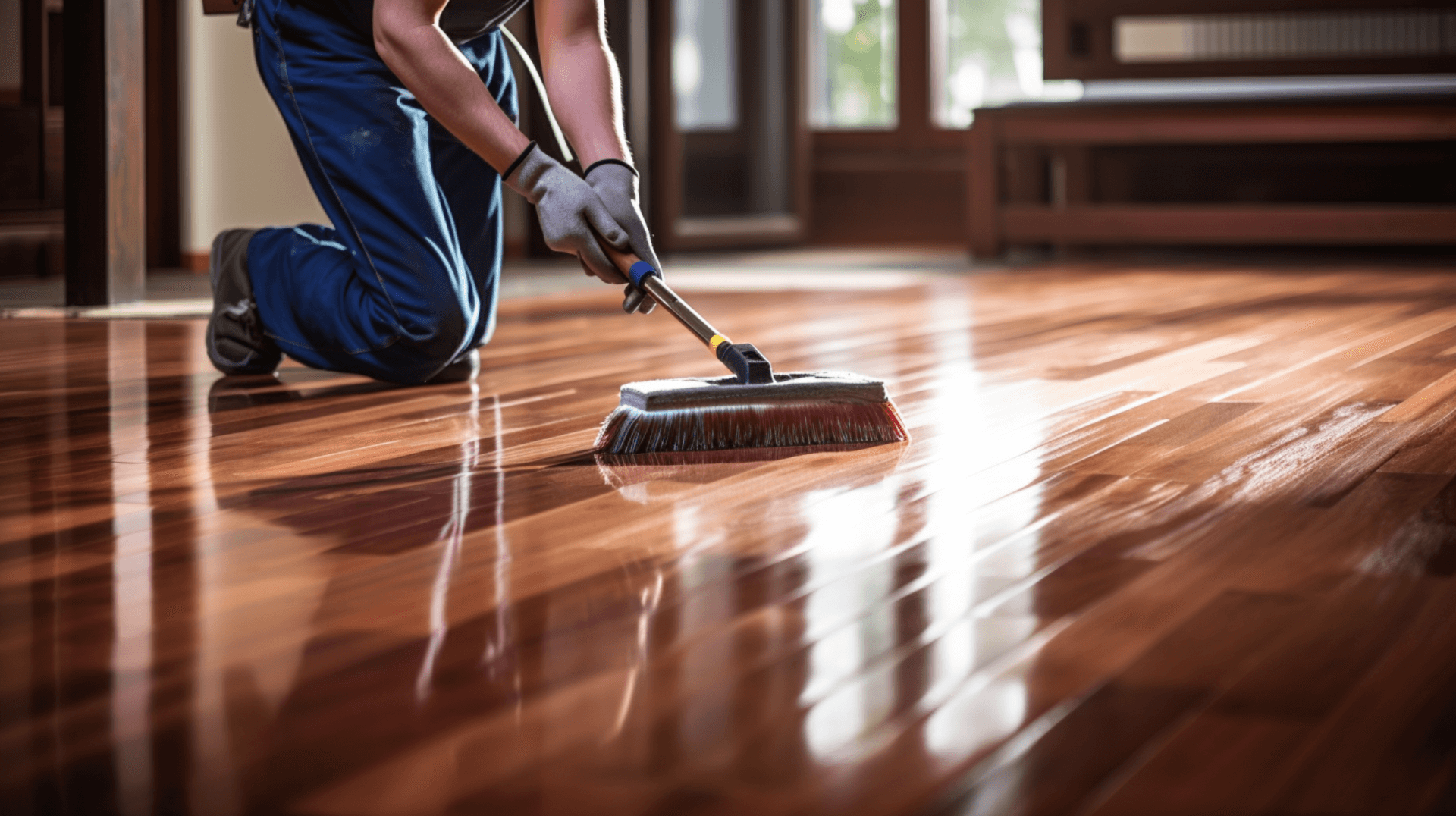Understanding the Importance of Applying a Finish to Your Wooden Floor
Applying a finish to a wooden floor is an important step in protecting and preserving the wood. A finish is a protective coating that is applied to the surface of the wood to protect it from wear and tear, as well as from moisture and other environmental factors. It also enhances the look and feel of the wood, giving it a beautiful, natural shine.
Professional floor finishing services like GJP Floor Sanding can help ensure that the finish is applied correctly and that the floor is properly protected. We have access to the latest sanding equipment and techniques, which can help achieve the best possible results. This ensures a high-quality finish that is durable and long-lasting.
A finish can also enhance the longevity and aesthetics of a wooden floor. It helps to protect the wood from scratches, scuffs, and other damage, as well as from moisture and other environmental factors. It also adds a beautiful, natural shine to the wood, making it look and feel more luxurious.
Professional floor finishing services like GJP Floor Sanding can also provide advice on the best type of finish to use for optimal results. We can identify any potential problems with the floor, such as cracks or damage, and provide advice on the best type of finish to use.
Overall, applying a finish to a wooden floor is essential for its protection and longevity. Professional floor finishing services like GJP Floor Sanding can ensure that the finish is applied correctly and that the floor is properly protected, enhancing its beauty and ensuring its durability for years to come.
The Basics: Different Types of Wooden Floor Finishes
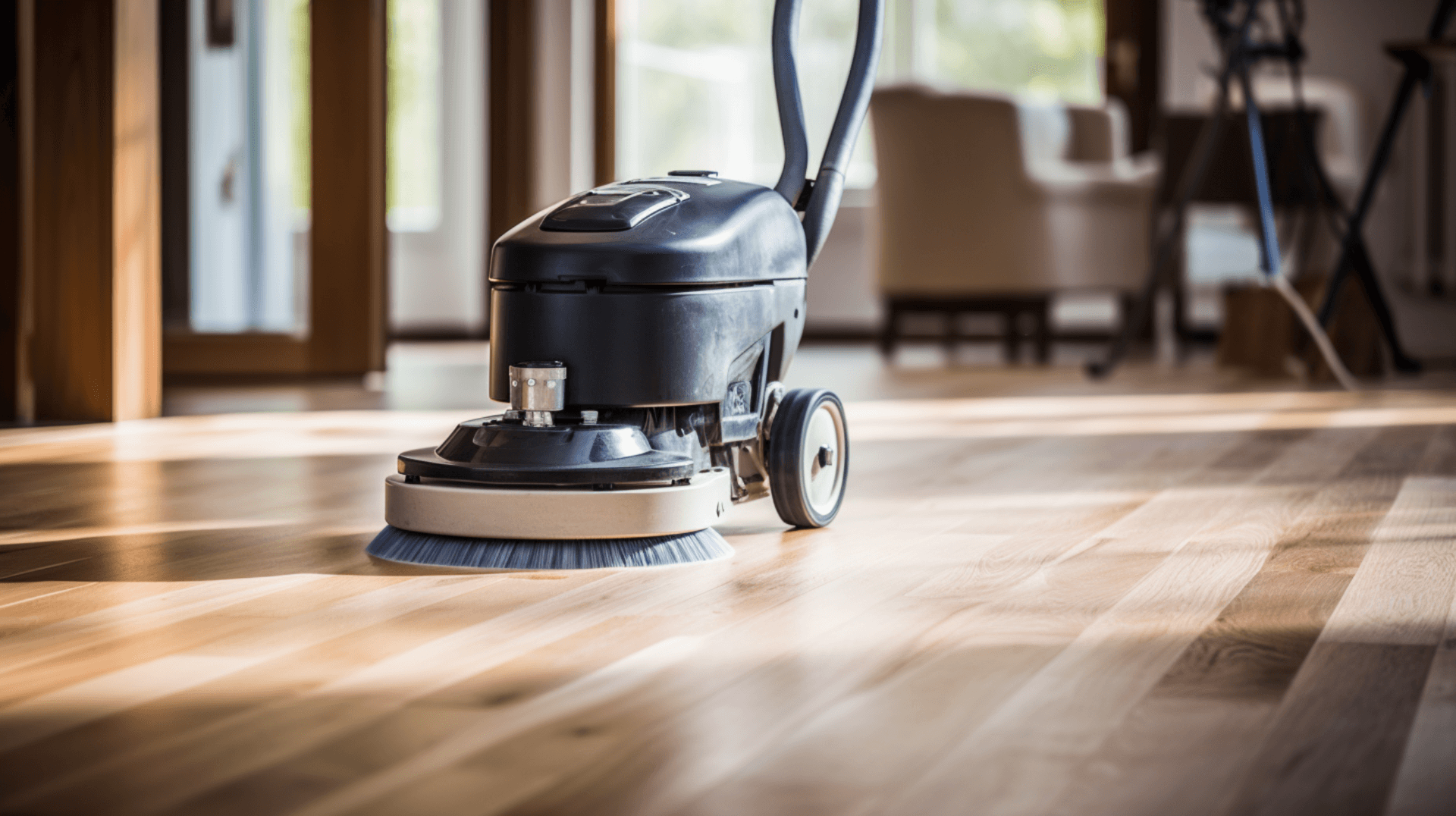
Wooden floors are a popular choice for many homes and businesses due to their beauty and durability. To ensure that your wooden floor looks its best and lasts for years to come, it is important to choose the right finish. There are several types of finishes available, each with its own unique properties and benefits.
Oil-based finishes are a popular choice for wooden floors due to their durability and ease of application. They provide a hard, protective layer that is resistant to scratches and scuffs. Oil-based finishes also enhance the natural beauty of the wood, giving it a warm, natural shine. it is important to avoid using petroleum-based cleaners on oil-based finishes, as this can damage the finish.
Water-based finishes are a great choice for those looking for a more eco-friendly option. They are easy to apply and provide a durable, protective layer that is resistant to scratches and scuffs. Water-based finishes also dry quickly and are available in a variety of colors, allowing you to customize the look of your floor. It is important to avoid using petroleum-based cleaners on water-based finishes, as this can damage the finish.
Polyurethane finishes are another popular choice for wooden floors. They provide a glossy, protective finish that is highly resistant to scratches and scuffs. Polyurethane finishes are also highly durable and can last for several years with proper maintenance.
Wax finishes are a great option for those looking for a more natural look. They provide a matte finish that enhances the wood’s natural beauty and is easy to apply. Wax finishes are also highly durable and can last for several years with proper maintenance.
When choosing a finish for your wooden floor, it is important to consider factors such as durability, ease of application, and the desired appearance. Each type of finish has its own unique characteristics, so it is important to choose one that aligns with your specific needs and preferences. Consulting with a professional floor sanding and refinishing service, like GJP Floor Sanding, can also provide valuable guidance and expertise in choosing the right finish for your wooden floor.
Preparing Your Wooden Floor for Finishing
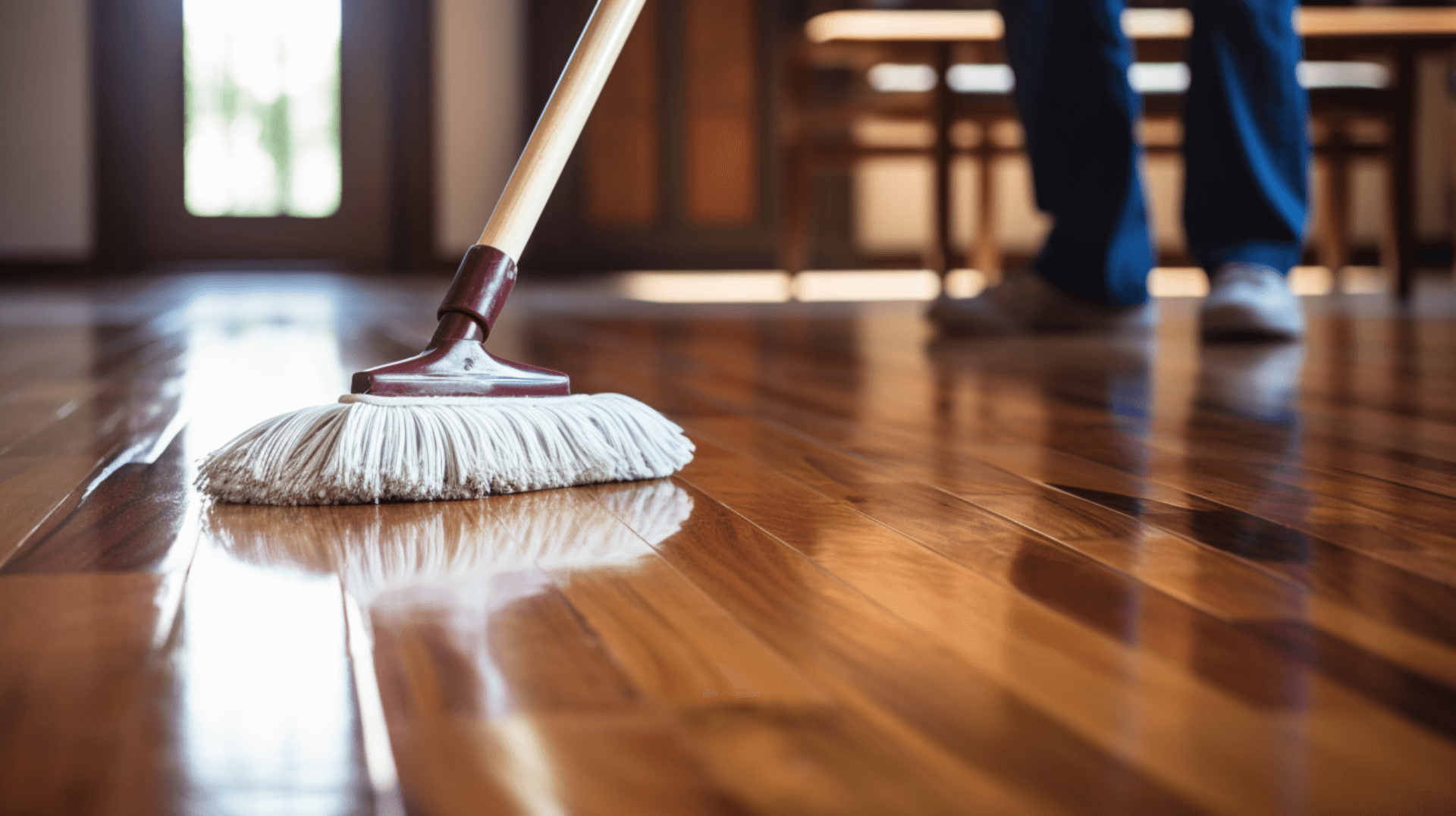
Preparing Your Wooden Floor for Finishing:
To prepare a wooden floor for finishing, there are several important steps that should be taken. These steps include removing furniture and rugs from the room, cleaning the floor to remove dirt and debris, inspecting for damage, and protecting the house from floor sanding dust.
Start by removing all furniture and rugs from the room to ensure a clear workspace. This will prevent any debris or obstacles from interfering with the sanding and finishing process. Once the floor is clear, thoroughly clean it to remove dirt and debris. This can be done using a vacuum cleaner with a HEPA filter, a broom, dustpan, and a dust mop.
After cleaning, inspect the floor for any damage that needs to be repaired. This includes checking for cracks, loose boards, or any other issues that may affect the finish. Make any necessary repairs before proceeding with sanding and refinishing.
To protect the house from floor sanding dust, cover vents and seal off the work area. This will prevent dust from spreading throughout the house and causing a mess. It is also important to wear protective clothing, such as goggles, gloves, and a dust mask, to protect against dust and debris. Ensure proper ventilation in the room and ground any electrical equipment for safety.
By following these steps and taking the necessary precautions, homeowners and business owners can properly prepare their wooden floors for finishing, ensuring a smooth and high-quality finish that will last for years to come.
The Art of Sanding: A Crucial Step Before Finishing
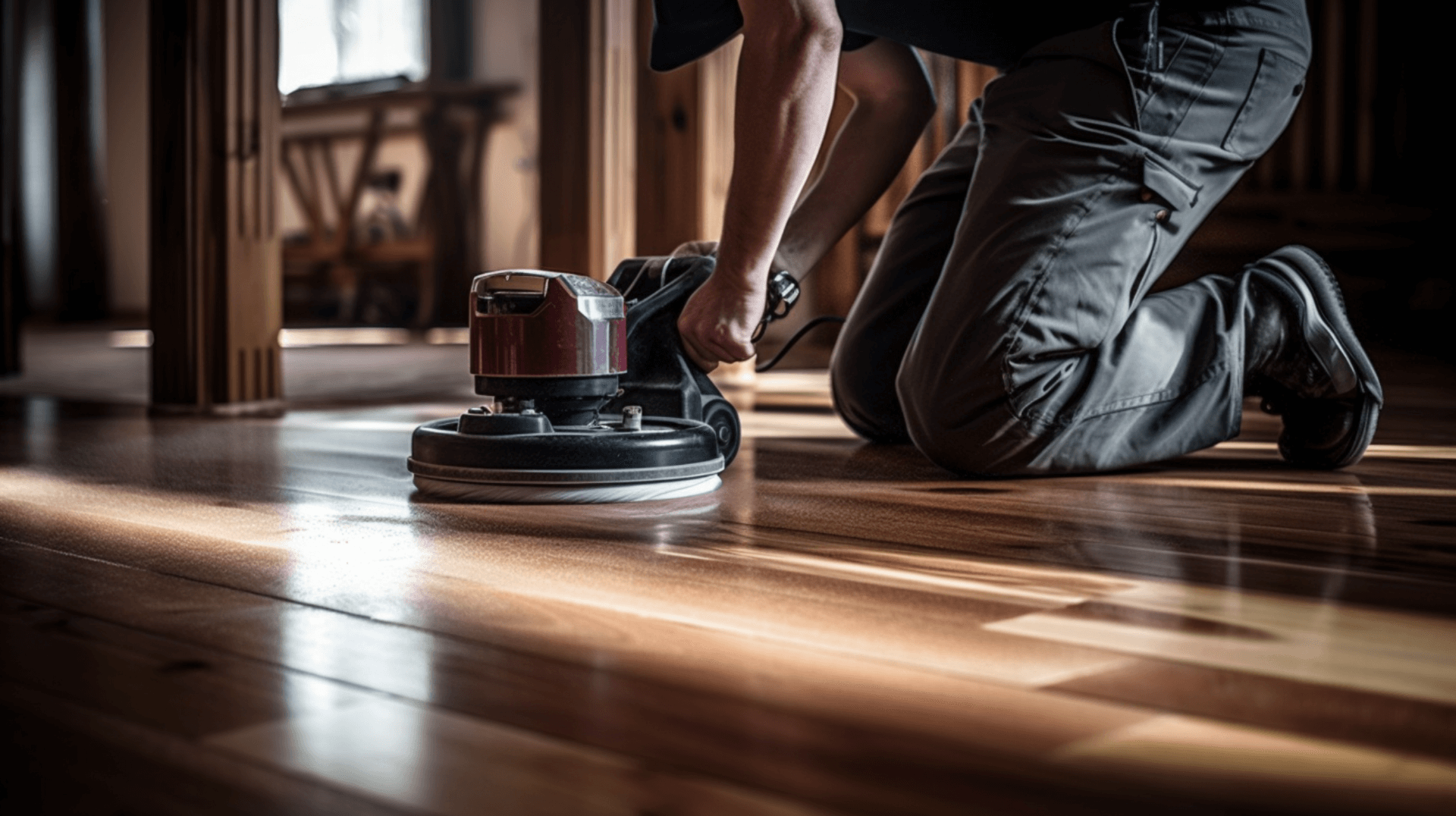
Sanding is an essential step before applying a finish to a wooden floor. It helps to create a smooth and even surface, which is necessary for a high-quality finish. Sanding also helps to remove any imperfections, such as scratches or dents, and can help to restore the wood’s natural beauty.
GJP Floor Sanding uses the latest sanding equipment and techniques to ensure a smooth and even surface for finishing. We start by using a coarse-grit sandpaper to remove any imperfections and prepare the floor for finishing. We then use a medium-grit sandpaper to smooth out any remaining imperfections and create a uniform surface. Finally, we use a fine-grit sandpaper to create a smooth and even surface that is ready for finishing.
GJP Floor Sanding also takes the time to inspect the floor for any potential problems, such as cracks or damage, and make any necessary repairs before sanding and refinishing. This helps to ensure that the floor is in the best condition possible and that the finish will last for years to come. Additionally, we ensure that the product is separated or shielded from any heat-emitting appliance, fireplace, chimney, or flue pipes passing through a suspended floor to prevent any damage to the finish.
Overall, GJP Floor Sanding’s expertise and attention to detail in the sanding process ensure that the wooden floor is properly prepared for finishing, resulting in a smooth and high-quality finish that enhances the natural beauty of the wood.
Choosing the Right Finish for Your Wooden Floor

Choosing the right finish for your wooden floor is an important decision that depends on factors such as the type of wood, the usage of the floor, and personal preference. Popular finishes like polyurethane, varnish, and oil each have their own pros and cons.
Polyurethane finishes are known for their durability and glossy finish. They provide a hard, protective layer that is resistant to scratches and scuffs. they can be challenging to apply and may require multiple coats for optimal results. It is also important to protect the finish from heat-emitting appliances or sources to prevent damage.
Varnish finishes offer a glossy finish that is highly resistant to scratches and scuffs. They are easy to apply and come in various colors, allowing for customization. Varnish finishes are a great choice for those seeking a natural look.
Oil-based finishes are popular for their durability and ease of application. They enhance the natural beauty of the wood and provide a warm, natural shine. it is important to avoid using petroleum-based cleaners on oil-based finishes, as they can damage the finish.
GJP Floor Sanding can assist in choosing the right finish for your wooden floor. Our experienced team considers factors such as the type of wood, usage, and personal preference to recommend the most suitable finish. We can provide insights into the pros and cons of different finishes, helping you make an informed decision.
The Application Process: Best Practices for Applying a Finish
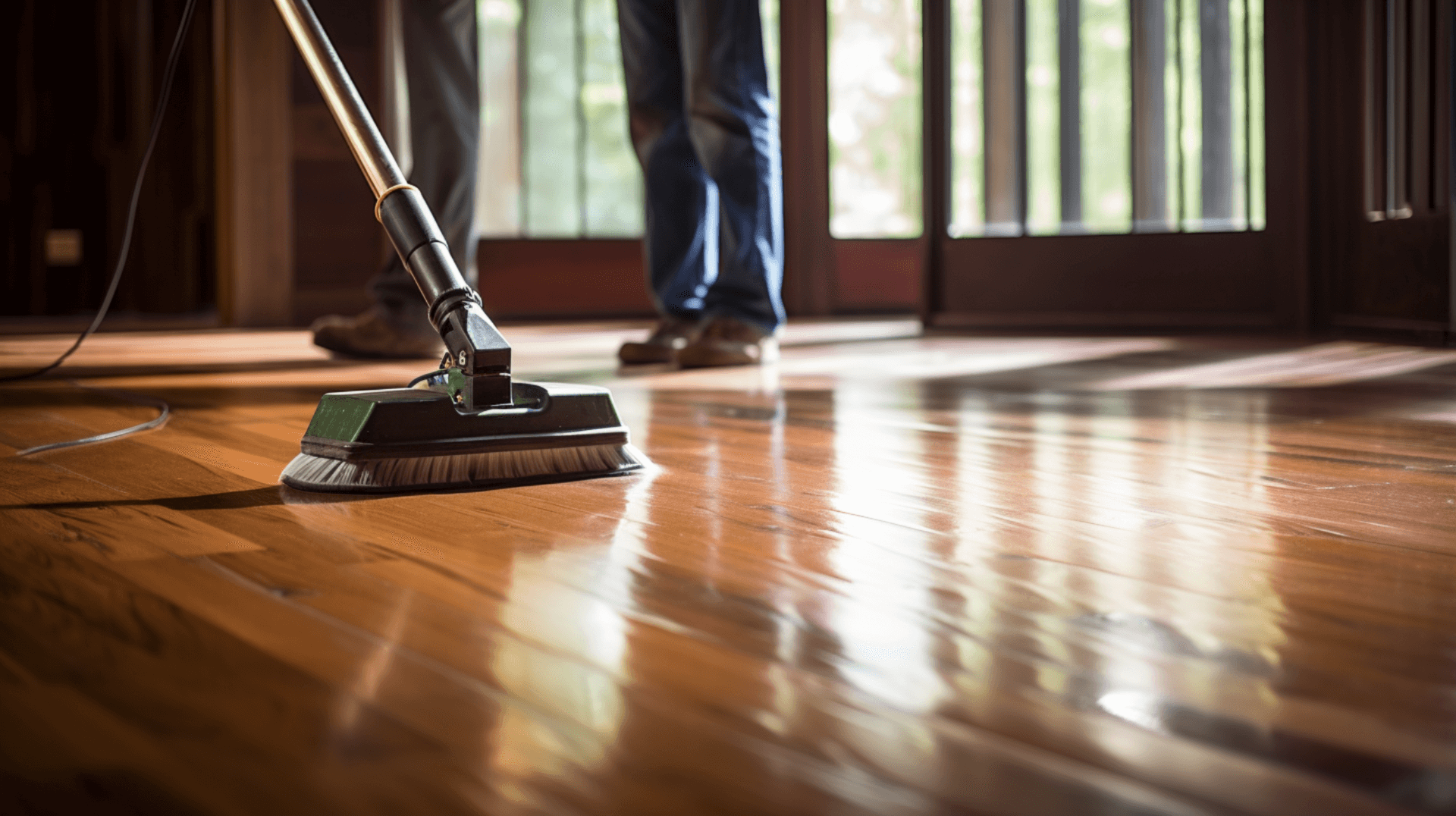
The original answer is still applicable and provides a comprehensive response to the question. The additional context provided does not require any changes to the original answer.
Drying Time and Curing: What to Expect After Applying a Finish
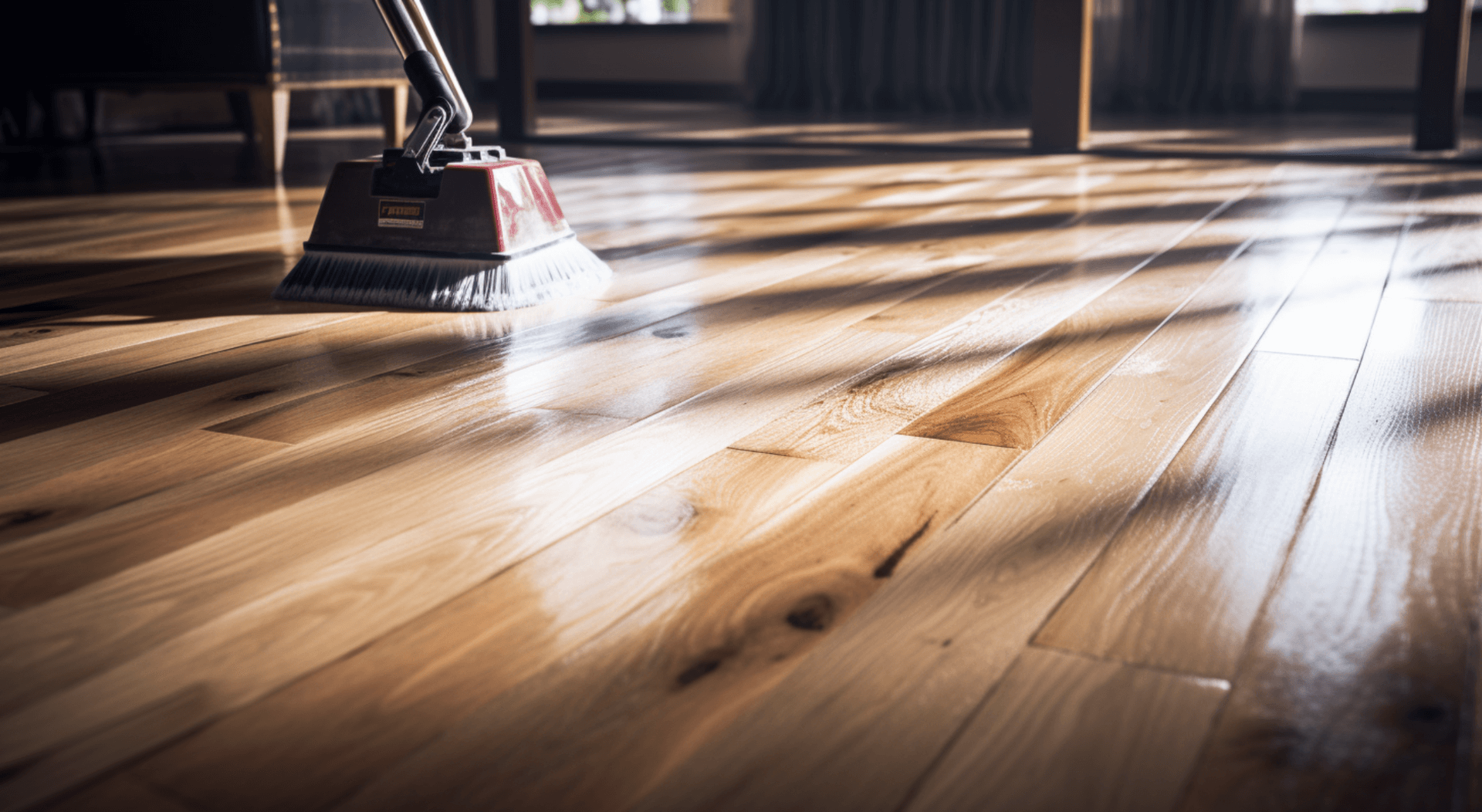
After applying a finish to a wooden floor, it is important to allow the finish to dry and cure properly. The drying time and curing process can vary depending on the type of finish used, the temperature and humidity of the room, and the thickness of the finish. Generally, it takes between 24 and 72 hours for a finish to dry and up to two weeks for it to fully cure.
During this period, it is important to take precautions to ensure the finish is not damaged. This includes avoiding walking on the floor, keeping the room well-ventilated, and avoiding any sources of heat or moisture. It is also important to follow the manufacturer’s instructions and avoid using any cleaning products or water on the floor until the curing process is complete.
The curing process is essential for the final look and durability of the finish. As the finish cures, it forms a hard, protective layer that is resistant to scratches and scuffs. This layer also enhances the natural beauty of the wood, giving it a beautiful, glossy shine.
To ensure the finish is properly cured, it is important to follow the manufacturer’s instructions and avoid any contact with the floor until the curing process is complete. This includes avoiding using any cleaning products or water on the floor until the finish has fully cured.
Overall, allowing the finish to dry and cure properly is crucial for achieving a high-quality, long-lasting finish on a wooden floor. By taking the necessary precautions and following the recommended guidelines, homeowners and business owners can ensure that their floors are protected and maintain their beauty for years to come.
PostFinishing Care: Maintaining Your Finished Wooden Floor
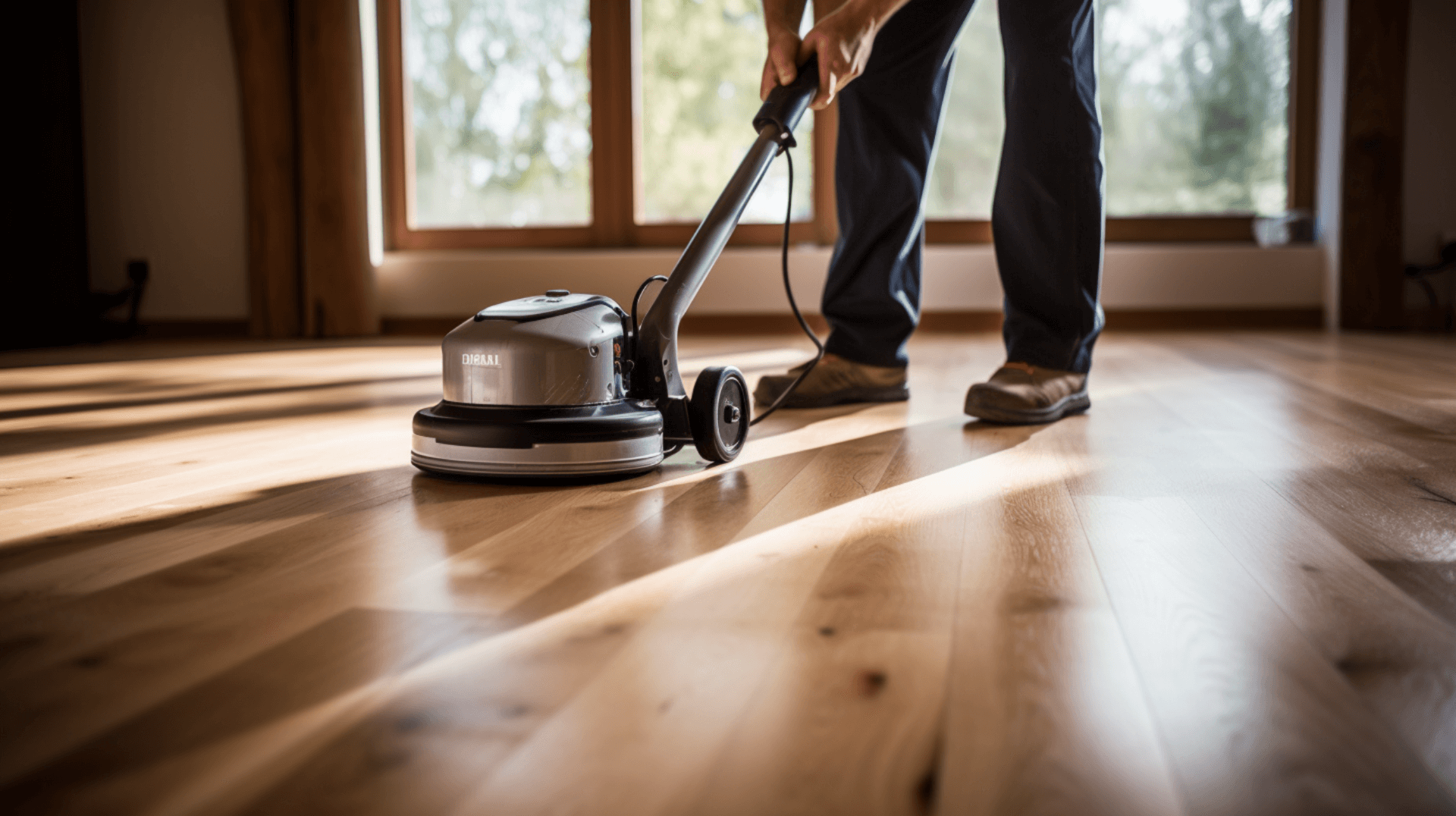
Caring for a finished wooden floor is essential for maintaining its beauty and durability. With proper care and maintenance, a finished wooden floor can last for years to come. Here are some tips for caring for a finished wooden floor:
Cleaning: Cleaning a finished wooden floor is essential for keeping it looking its best. Use a soft-bristled broom or vacuum cleaner with a soft brush attachment to remove dirt and debris. Avoid using a vacuum cleaner with a beater bar, as this can damage the finish. Additionally, seal any gaps between the floorboards and along the skirting to reduce draughts, or alternatively fix hardboard or chipboard over the top of them.
Cleaning Products: When cleaning a finished wooden floor, it is important to use the right cleaning products. Avoid using any harsh chemicals or abrasive cleaners, as these can damage the finish. Instead, use a mild soap and water solution or a specially formulated wood floor cleaner.
Maintenance: To keep a finished wooden floor looking its best, it should be cleaned and maintained regularly. Sweep or vacuum the floor at least once a week to remove dirt and debris. Mop the floor with a mild soap and water solution or a specially formulated wood floor cleaner every few weeks. Avoid using excessive water, as this can cause the wood to warp or swell. Additionally, consider applying a maintenance coat of finish every few years to protect the floor and restore its luster.
By following these tips and using the right cleaning products, homeowners and business owners can ensure that their finished wooden floors remain beautiful and durable for years to come.
Troubleshooting: Addressing Common Issues with Wooden Floor Finishes
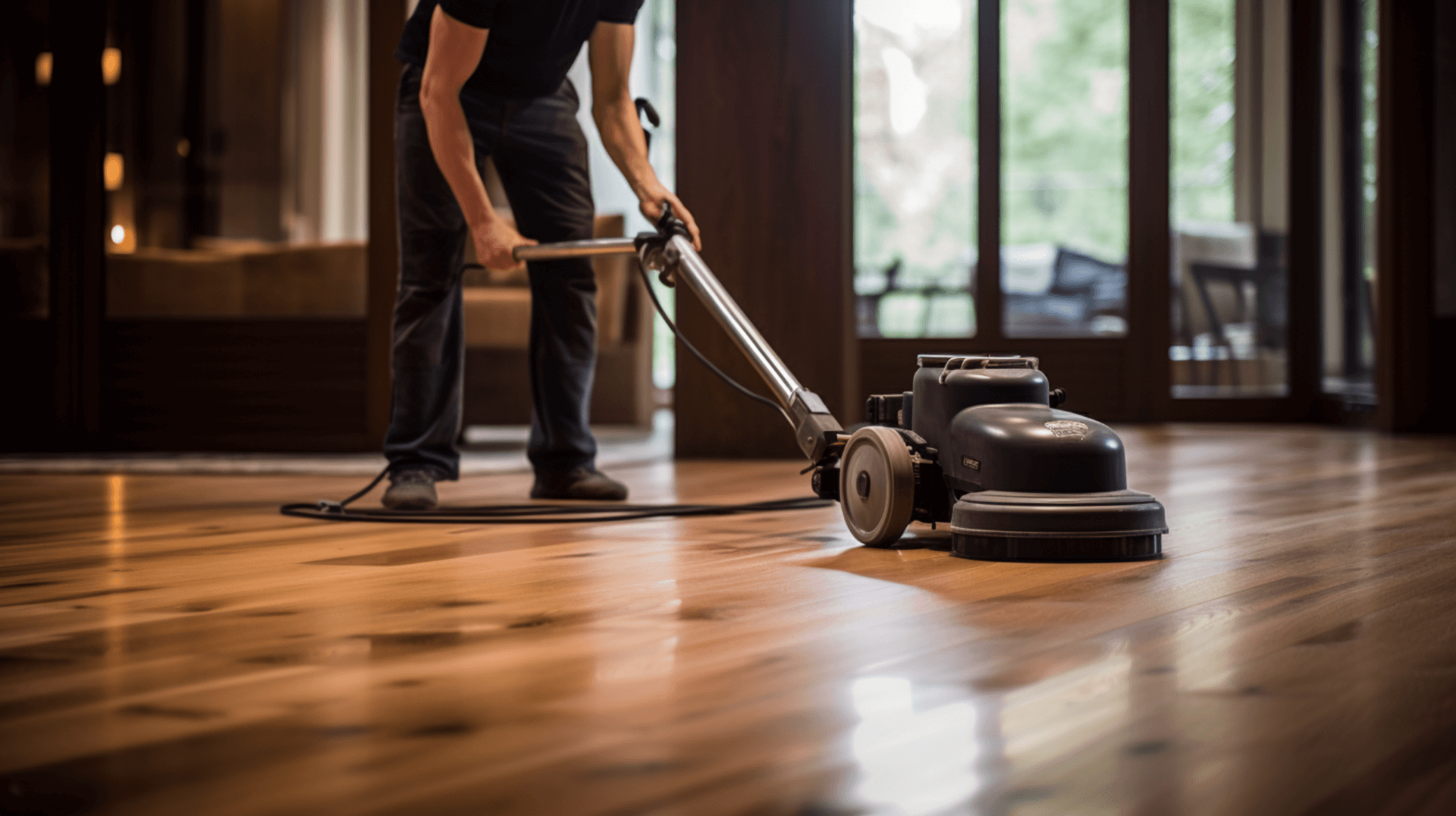
Common issues that can arise with wooden floor finishes include scratches, scuffs, bubbling, cracking, and discoloration. Scratches and scuffs can occur from everyday wear and tear, while bubbling and cracking can occur from improper application or exposure to extreme temperatures. Discoloration can be caused by exposure to sunlight or the use of the wrong type of finish.
To address and prevent these issues, it is important to use the right cleaning products and techniques. Avoid using harsh chemicals or abrasive cleaners, as these can damage the finish. Instead, use a mild soap and water solution or a specially formulated wood floor cleaner. Regularly clean the floor to remove dirt and debris, and use a soft-bristled broom or vacuum cleaner with a soft brush attachment.
When it comes to addressing postfinishing issues, GJP Floor Sanding takes the time to inspect the floor for any potential problems before sanding and refinishing. We also ensure that the product is separated or shielded from any heat-emitting appliance, fireplace, chimney, or flue pipes passing through a suspended floor to prevent any damage to the finish. Additionally, we provide expert advice on the best cleaning products and maintenance techniques to ensure the finish is properly cared for and remains beautiful and durable for years to come.
By following these guidelines and relying on the expertise of professionals like GJP Floor Sanding, homeowners and business owners can effectively address and prevent common issues with wooden floor finishes, ensuring a beautiful and long-lasting result.
The Role of Professionals: Why Choose GJP Floor Sanding?
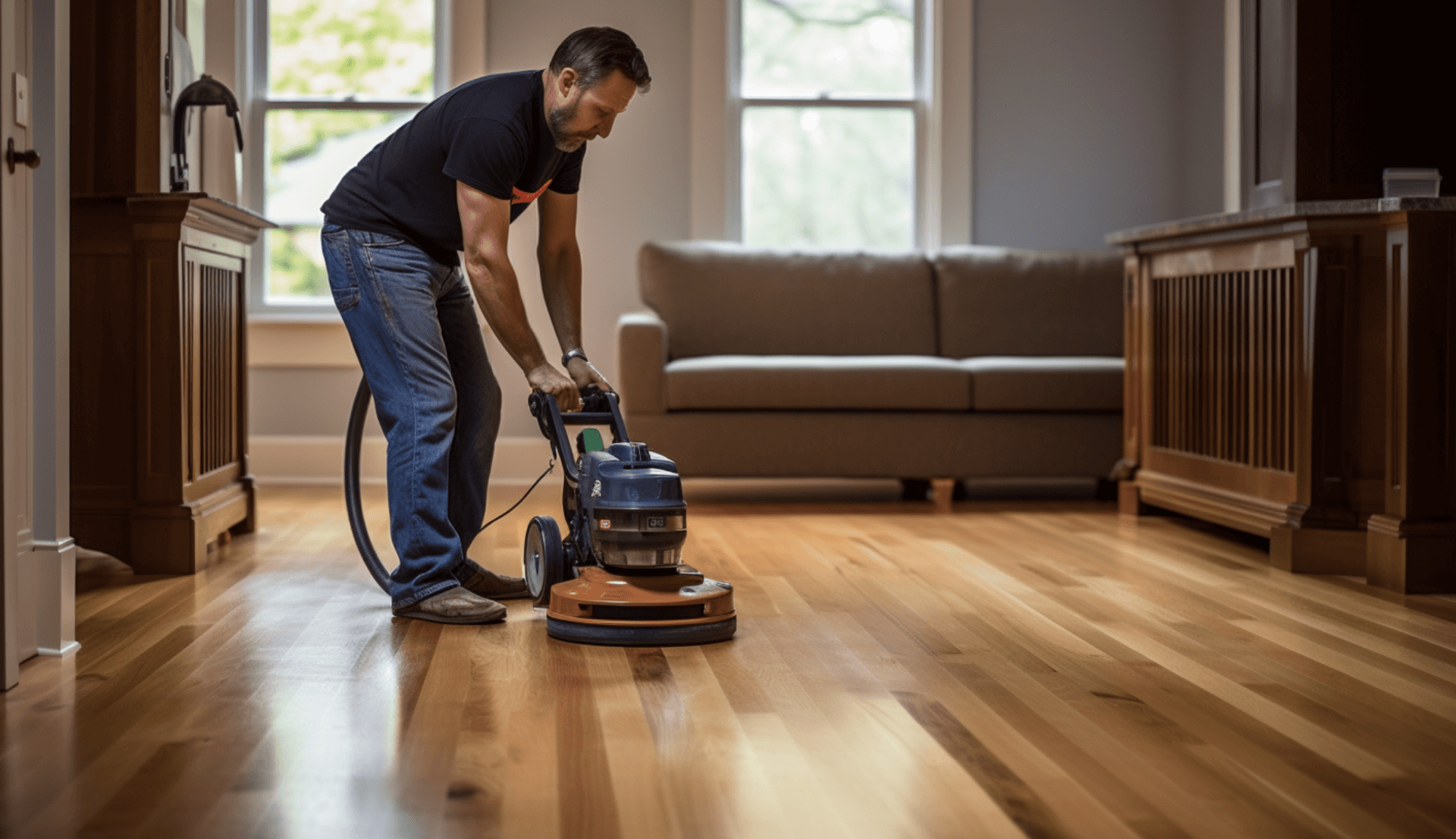
Choosing professional services like GJP Floor Sanding is the best way to ensure a high-quality finish for your wooden floor. With years of experience and expertise, GJP Floor Sanding provides a comprehensive service that covers everything from sanding and refinishing to repairs and maintenance.
GJP Floor Sanding takes the time to inspect the floor for any potential problems before sanding and refinishing. We also ensure that the product is separated or shielded from any heat-emitting appliance, fireplace, chimney, or flue pipes passing through a suspended floor to prevent any damage to the finish. Additionally, we provide expert advice on the best cleaning products and maintenance techniques to ensure the finish is properly cared for and remains beautiful and durable for years to come.
What sets GJP Floor Sanding apart from other floor finishing services is our commitment to quality and customer satisfaction. We use the latest sanding equipment and techniques to ensure a smooth and even surface for finishing. We also take the time to inspect the floor for any potential problems or defects and declare us to the customer before starting work. Additionally, we ensure that the product is separated or shielded from any heat-emitting appliance, fireplace, chimney, or flue pipes passing through a suspended floor.
GJP Floor Sanding also takes the necessary precautions to ensure the safety of the floor. We ensure that the product is separated or shielded from any heat-emitting appliance, fireplace, chimney, or flue pipes passing through a suspended floor to prevent any damage to the finish. We also take care to ensure continuity of fire resistance at junctions with fire-resisting elements, in accordance with the national Building Regulations.
Overall, choosing GJP Floor Sanding guarantees a high-quality finish for your wooden floor, with attention to detail, expert advice, and a commitment to customer satisfaction.
Expert Advice: Tips from GJP Floor Sanding Professionals
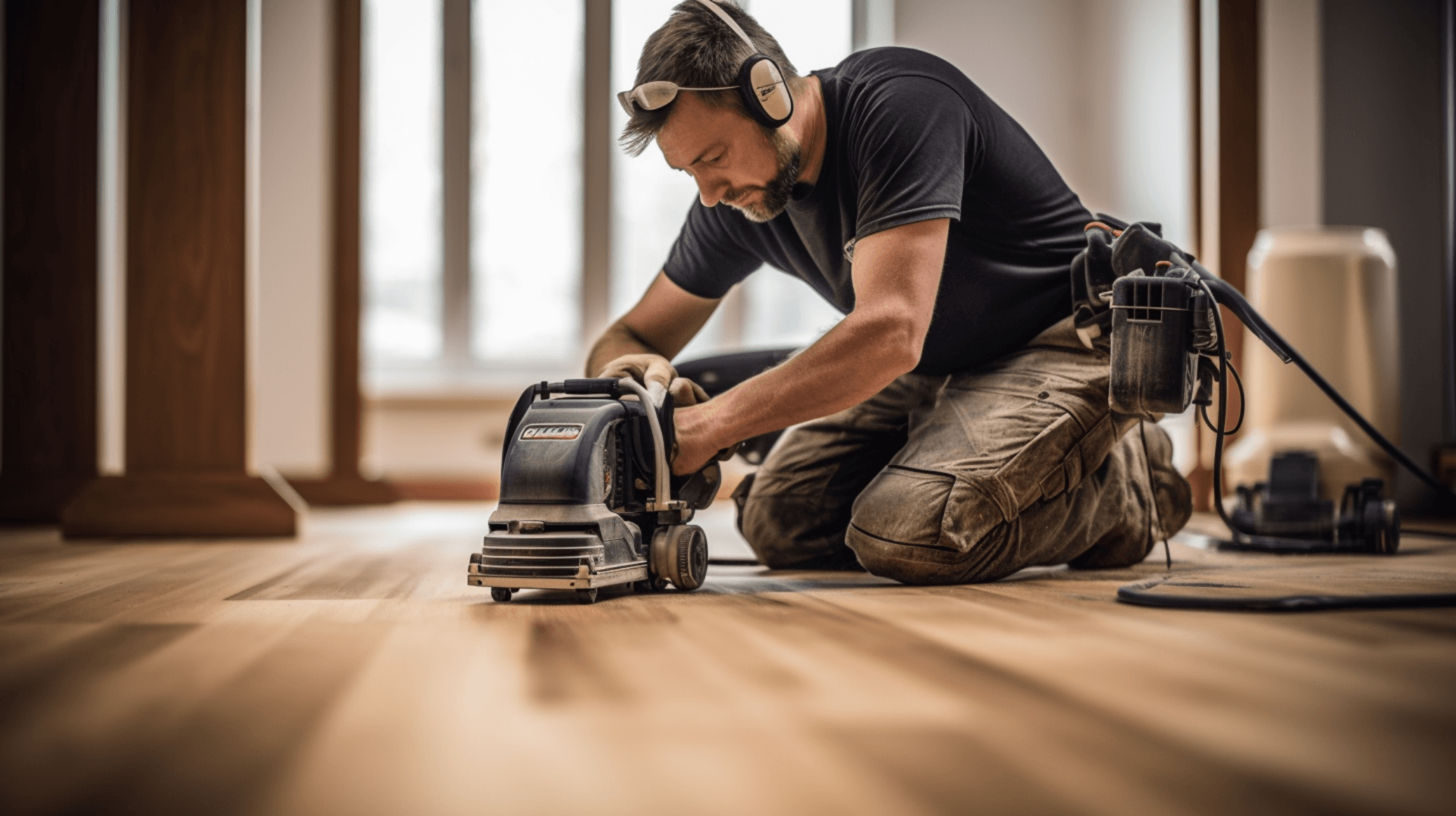
Expert Advice: Tips from GJP Floor Sanding Professionals
Maintaining the beauty and durability of a finished wooden floor requires regular care and maintenance. Here are some expert tips from GJP Floor Sanding professionals:
- Cleaning: Use a soft-bristled broom or vacuum cleaner with a soft brush attachment to remove dirt and debris from your finished wooden floor. Avoid using a vacuum cleaner with a beater bar, as this can damage the finish. Additionally, seal any gaps between the floorboards and along the skirting to reduce draughts, or alternatively fix hardboard or chipboard over the top of them.
- Cleaning Products: It is important to use the right cleaning products for your finished wooden floor. Avoid using harsh chemicals or abrasive cleaners, as these can damage the finish. Instead, use a mild soap and water solution or a specially formulated wood floor cleaner. Follow the recommendations of the finish or flooring manufacturer for the best cleaning products to use.
- Maintenance: Regular maintenance is key to keeping your finished wooden floor looking its best. Sweep or vacuum the floor at least once a week to remove dirt and debris. Mop the floor with a mild soap and water solution or a specially formulated wood floor cleaner every few weeks. Avoid using excessive water, as this can cause the wood to warp or swell. Consider applying a maintenance coat of finish every few years to protect the floor and restore its luster.
Regular professional maintenance can also extend the life of your wooden floor. Professional floor sanding and refinishing can help remove scratches, scuffs, and other signs of wear and tear, restoring the floor to its original beauty. Professional maintenance can also address any underlying issues, such as gaps or loose boards, preventing further damage and ensuring the longevity of the floor.
Signs that your wooden floor may need refinishing include visible wear and tear, such as scratches, scuffs, or dullness. If the finish is worn down and no longer provides adequate protection, it may be time to refinish the floor. Additionally, if there are deep scratches or stains that cannot be removed through regular cleaning, refinishing may be necessary. Consult with professionals like GJP Floor Sanding to assess the condition of your floor and determine the best course of action.
By following these expert tips and seeking professional maintenance when needed, homeowners and business owners can ensure that their finished wooden floors remain beautiful and durable for years to come.
Ready to Transform Your Wooden Floor? Contact GJP Floor Sanding
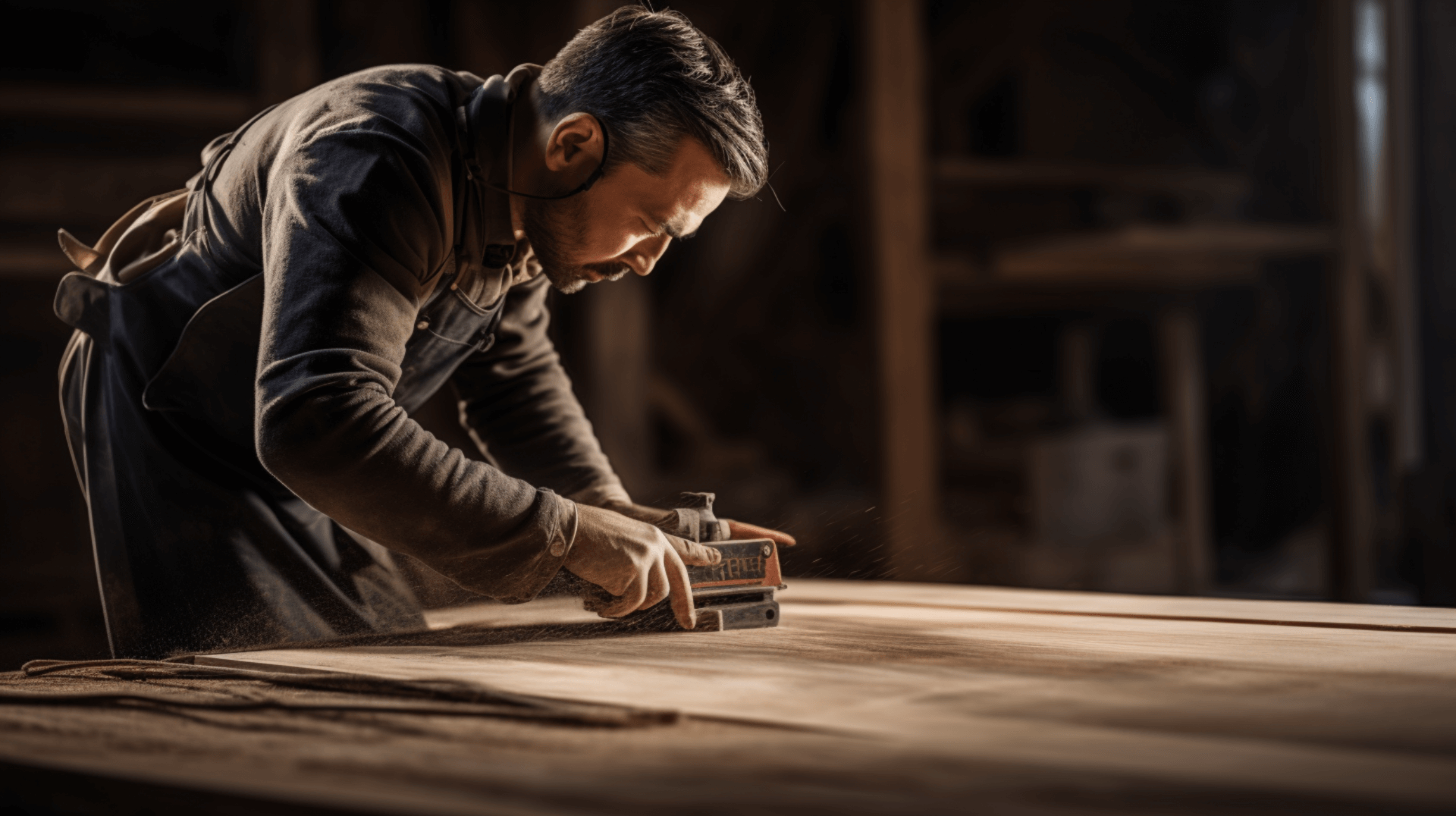
The original answer is still applicable and provides a comprehensive response to the question. The additional context provided does not require any changes to the original answer.
